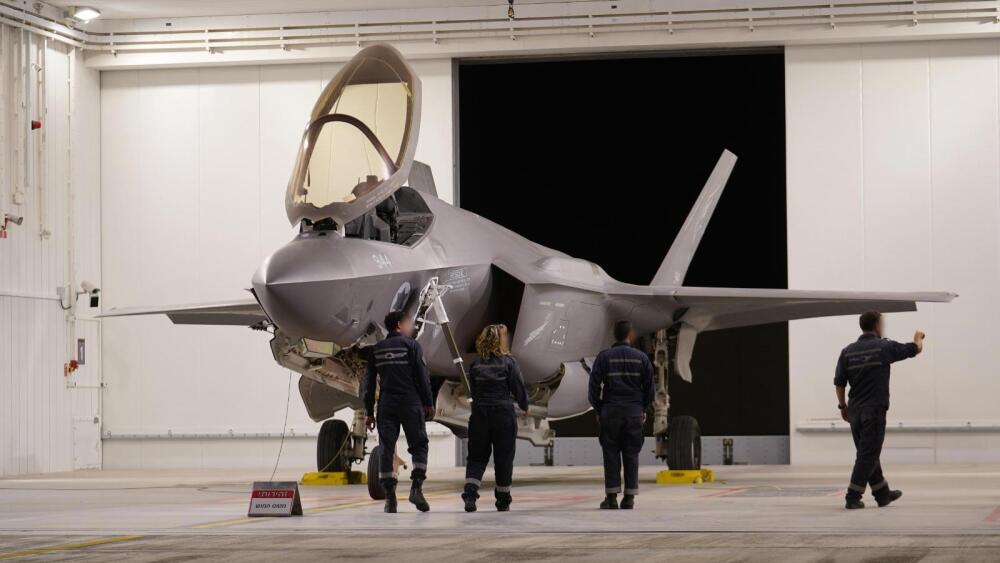In the early hours of this morning, Israel began its long-awaited strike on Iran’s nuclear facilities. Over 200 fighter jets, according to the Israel Defense Forces Spokesman, struck at over 100 targets. The strike appears to have targeted both key nuclear sites in Iran, and senior personnel associated with the program and associated with Tehran’s security structures. Among the list of those killed are General Hossein Salami, commander of the Islamic Revolutionary Guards Corps, General Mohammed Bagheri, chief of staff of the army, and Ali Rashid, his deputy and head of Iran’s emergency command.
Israeli media is carrying reports that Israeli security forces carried out sabotage actions on the ground, alongside the waves of air attacks.
The Natanz uranium enrichment facilty, and the facilities at Parchin and Fordow, appear to be among the sites targeted. The precise extent of damage to these facilities is not yet clear. Israeli media is carrying reports that Israeli security forces carried out sabotage actions on the ground, alongside the waves of air attacks. Two senior nuclear scientists, Feredon Abbasi and Mohammed Tehranchi, have been named as among those killed.
Iranian retaliation appears to have already begun. Reports suggest that Israeli defenses are engaged in action against a wave of drones launched by Teheran in the last hours. There is no suggestion that the Israeli raid was a single action, now concluded. Rather, it appears to have been the opening salvo in what will be an ongoing effort against Iranian nuclear and governance facilities.
The Israeli strike, dubbed Operation ‘Rising Lion’, definitively brings to a close a 40-year period in which Israel and the Islamic Republic of Iran were engaged in war by proxy and by means other than direct, conventional confrontation. The goal of the destruction of Israel was written on the banners of the Islamic revolution in 1979, and this objective has formed a key element in the effort at regional domination in which the regime in Tehran has been engaged throughout its existence.
This goal was pursued in subsequent decades via three main processes: Tehran created or sponsored existing political-military organisations on Israel’s borders to wage a long war of attrition against the Jewish state. The Lebanese Hezbollah group, which fought a successful insurgency against Israel in south Lebanon in the 1985-2000 period, was the prototype of these groups, and the most successful of them. Hamas and Islamic Jihad, among the Palestinians, are also component parts of this project.
Tehran possesses sufficient enriched uranium to produce 8-10 nuclear bombs within weeks, should it choose to do so.
Alongside this effort, Iran has for at least a quarter century been engaged in a clandestine program intended to bring it a nuclear weapons capacity. This project has been very close to fruition for some time, with Tehran possessing sufficient enriched uranium to produce 8-10 nuclear bombs within weeks, should it choose to do so.
Iran’s extensive ballistic missile and now drone program formed the third component in its effort to project power across the region. Tehran has the largest and most diverse missile arsenal in the Middle East. Its deployed missile array includes the Shihab 3 system, with a range of up to 2000 kilometers, and a number of shorter-range systems, including the medium range Fattah-1 system.
The long proxy and clandestine war between Israel and Iran ascended to a higher pitch of intensity after October 2023. Tehran attempted a partial mobilization of its proxy forces in the period following its ally Hamas’s surprise assault on Israel on October 7, 2023.
First Lebanese Hezbollah, then the Yemeni Houthis and the Iraqi Shia militias entered the arena, carrying out attacks on Israel and its allies. Finally, in April 2024, for the first time, Iran itself carried out a direct attack on Israel using ballistic missiles and drones. Israel carried out a limited retaliation. A second attack came in October 2024, even as Israel’s war against Hamas and Hezbollah raged on. This time Israel’s response was much larger, crippling Iranian air defenses. Iran promised retaliation.
After four decades of feint and parry, stratagem and counter stratagem, the Jewish State of Israel and the Islamic Republic of Iran now stand four square against one another in open war.
But the momentum in this conflict has been with Israel for the last 9 months. Hamas in Gaza has been decimated. Isolated groups of fighters continue to operate. But no ability for large-scale strikes on Israel remains. Hezbollah too suffered severe blows at Israel’s hands and is a shadow of its former self. The Iraqi Shia militias chose to abandon the field. The Assad regime, enfeebled and isolated by the weakening of its allies, was devoured by its Sunni Islamist opponents in December 2024. The result: a window of opportunity emerged in which the Iranian regime looked particularly vulnerable, even as its maximalist goals and its closeness to nuclear capacity remained.
It therefore appears that, with Iran and its allies temporarily weakened, Jerusalem has chosen to press forward its advantage, looking to severely and permanently weaken the regime in Tehran or, preferably, to bring about its fall. The result is that after four decades of feint and parry, stratagem and counter stratagem, the Jewish State of Israel and the Islamic Republic of Iran now stand four square against one another in open war. It’s been a long time coming. Now it’s here.
Published originally on June 14, 2025, under the title “This ‘Real’ War Is 40 Years in the Making.”







